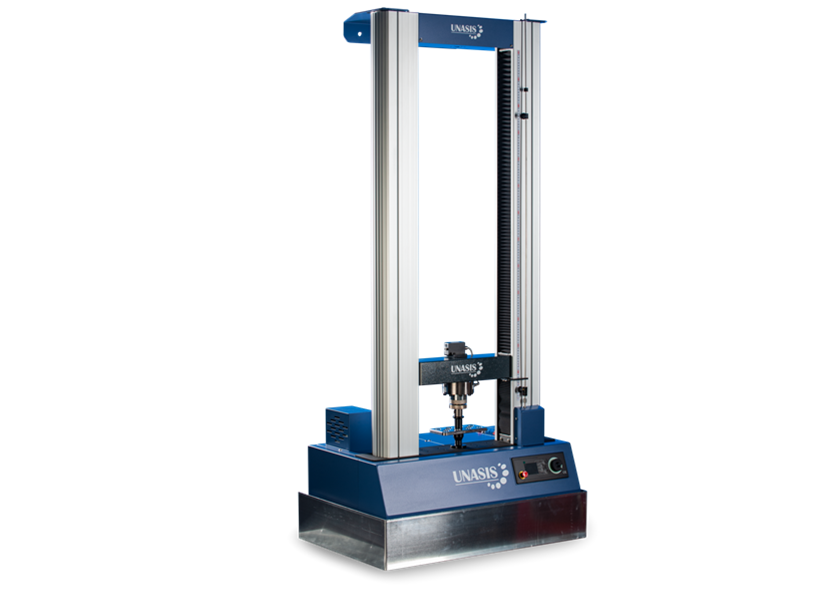What is a proof load test?
A proof load test is a controlled, measured application of force over a specified time period to a given piece of rigging equipment. A mechanism using specially designed hydraulic cylinders with independent load cells provides an accurate reading of the force exerted on the material (rigging, wire or synthetic rope, chain, etc.). The test will ensure the material exceeds the maximum allowable working load (MAWL) on the material rating.
What is a working load limit?
A working load limit is the maximum load that can be applied to a piece of lifting equipment without fear of the equipment failing. This is referred to in many different ways like maximum allowable working load (MAWL), safe working load (SWL), normal working load (NWL) and, of course, working load limit (WLL).
A working load limit is not simply calculated by finding the minimum breaking strength (MBS) of a piece of equipment. The WLL is a factor of the division of minimum breaking strength and the product’s safety factor (SF). A safety factor is decided on by engineers through compiled failure testing data and reliability of certain designs. The safety factor is meant to be a rating of how far beyond normal use conditions a piece of equipment can still safely perform.
To ensure any type of material (wire rope, synthetic rope, chain or rigging), is able to not only meet but exceed the MAWL (maximum allowable working load), a controlled test is performed.
TThis test uses hydraulic cylinders to create a specific force over a set period of time while testing the material used for the lift as to elongation and ability to retain shape under the force and time parameters.

